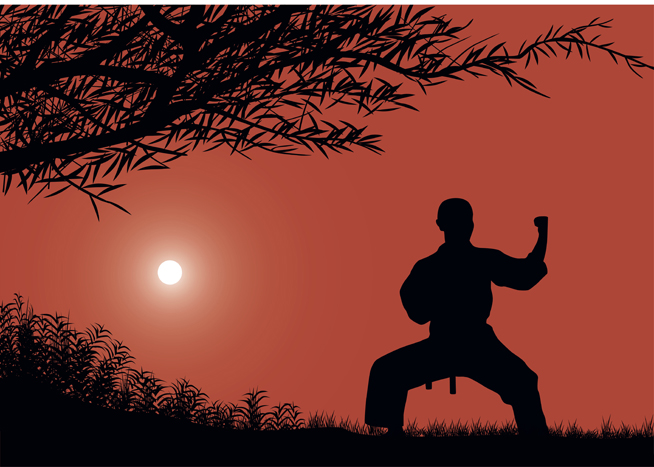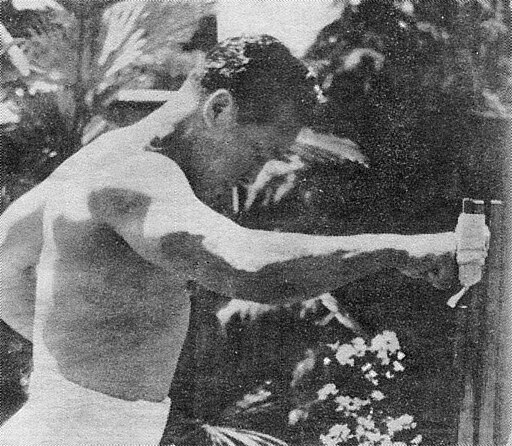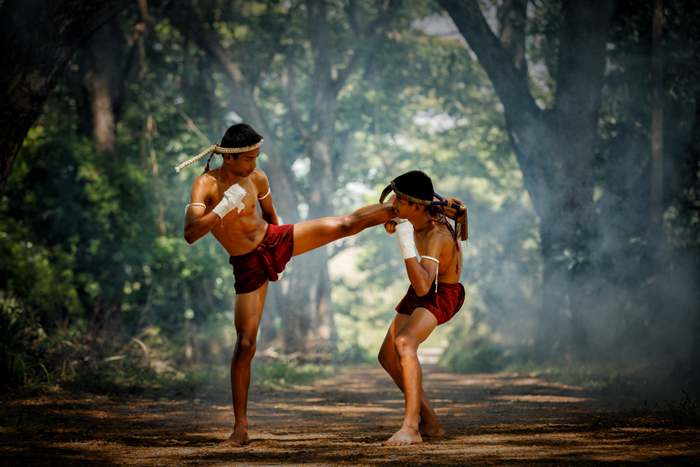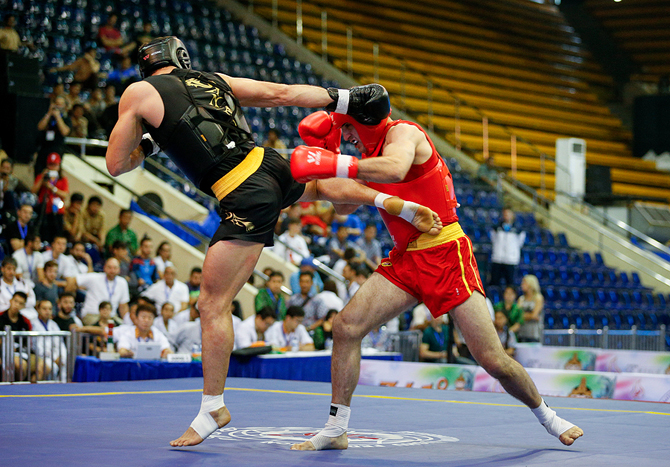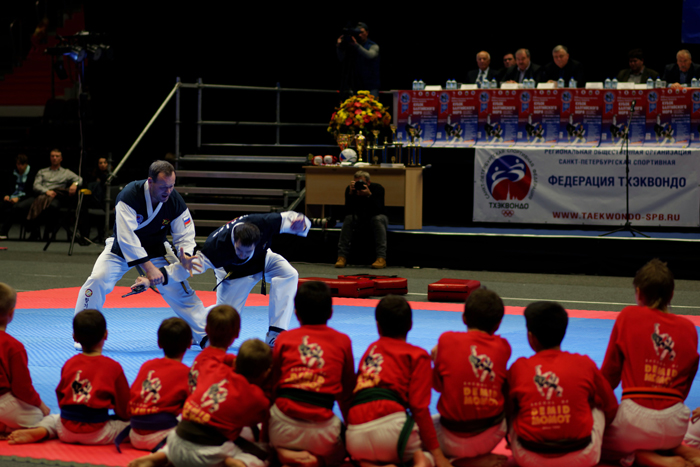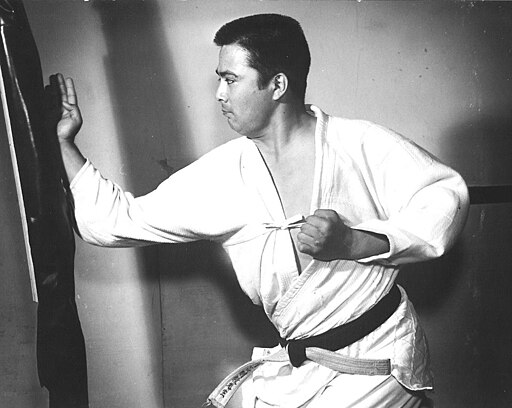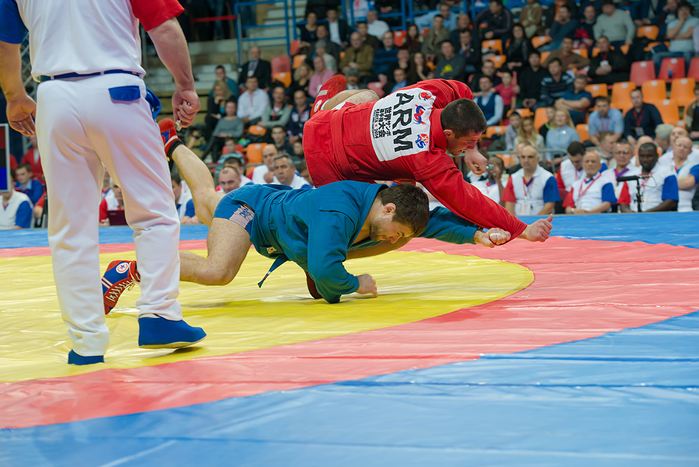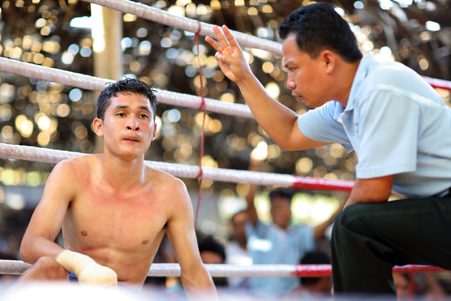Ssireum: The Exciting Art of Korean Traditional Wrestling
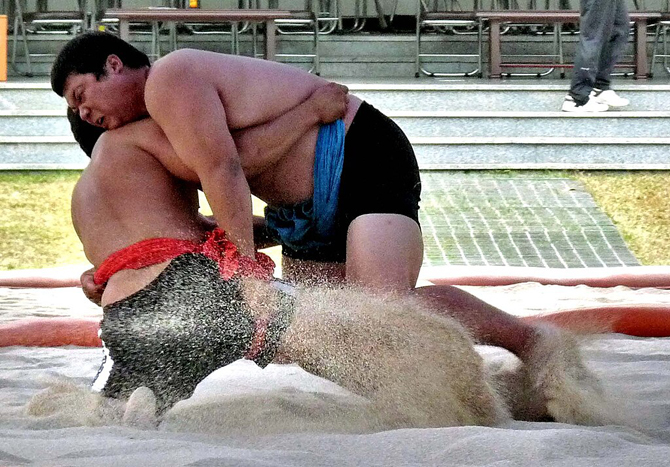
Ssireum is a traditional Korean wrestling sport deeply rooted in cultural heritage. It is recognized by UNESCO as a testament to the sport’s contributions to Korean culture. Wrestlers in Ssireum use a satba (thigh band) to gain leverage, with the goal of forcing the opponent to touch the ground with a knee or a body part above the knee.
The sport of Ssireum dates back to ancient Korea and continues to be an important part of Korean culture today, with regional and international tournaments contributing to its popularity and serving as a platform for cultural exchange between Korea and the world. In this article, we are going to explore Ssireum, its rules, techniques, and history.
A Journey Through Time: The History of Ssireum
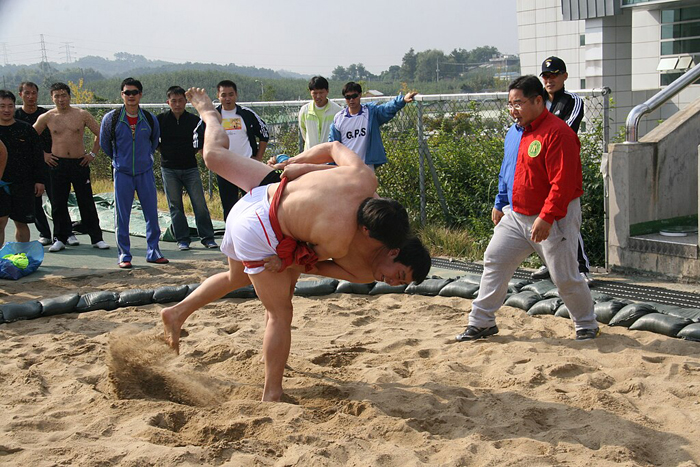
The history of Ssireum is a journey that takes us back to the ancient times of the Goguryeo Kingdom, which dates back to the fourth century. Originally a form of martial practice for soldiers, Ssireum later became a widespread form of entertainment, enjoyed by common folks across the peninsula. It was practiced by notable historical figures such as King Chunghye and King Sejong, indicating its broad appeal and royal endorsement during the Yi Dynasty.
Before it gained universal recognition as Ssireum, Korean wrestling was known by various names, such as Gakjeo. The sport continued to evolve, and in October 1912, the first recorded modern Ssireum competition was held, marking a significant step in the sport’s formal creation.
Ssireum Depicted in Ancient Artifacts
Ssireum’s roots extend back to the Goguryeo period, spanning from 37 BC to 668 AD. Evidence of Ssireum has been found in ancient murals from this period, showing the long-standing historical significance of this wrestling sport. These depictions from the tombs of the Goguryeo kingdom show us that Ssireum has always been an important part of Korean culture.
This sport, once practiced by soldiers and used as a form of entertainment, has left its legacy in Korean art and culture. The murals and tomb depictions from the Goguryeo period are evidence of the rich history of Ssireum.
Ssireum in Modern Korean Culture

Ssireum is a competitive sport, yet it is also a Korean martial art and a display of Korean cultural values. In 2018, a historic moment occurred when both North Korea and South Korea jointly inscribed Ssireum on the UNESCO list. This showed the importance of Ssireum as a part of Korean heritage and the potential it has for promoting peace between the two Koreas.
The Committee for the Safeguarding of Intangible Cultural Heritage acknowledged both the North and South Korean Romanization of the sport. UNESCO listed the sport as ‘Traditional Korean wrestling, Ssirum/Ssireum,’ solidifying its place as the cultural property of South Korea and North Korea. The Korean Ssireum Championships are a platform to display traditional Korean wrestling to the world.
Successfully adapting to the modern sports culture, Ssireum has evolved into a nationally televised sport, further professionalizing the distinction between amateurs and professionals. The participation of celebrities like UFC fighter Dong Hyun Kim, who won the Korean Championship of Ssireum in 1998 and 1999, has significantly raised Ssireum’s profile. Although it still has a long way to go, it looks like Ssireum is moving in the right direction and quickly becoming a popular sport.
The Art of Balance and Grip: Mechanics of a Ssireum Match
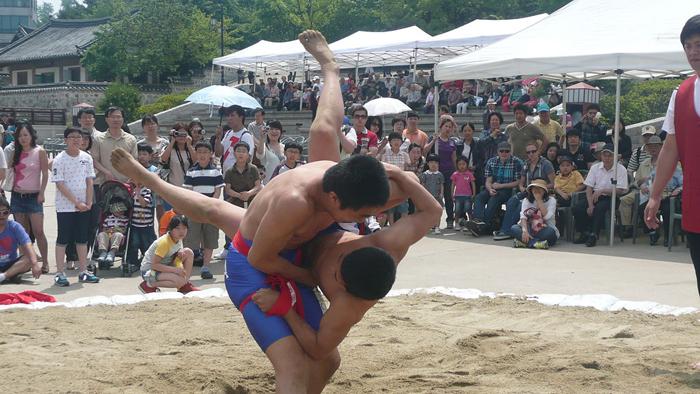
The beauty of Ssireum lies in its unique mechanics, where balance and grip techniques play a crucial role. At the heart of Ssireum is the satba, a thigh band central to the sport. The satba belt is used for gripping and gaining leverage, and it is one of the main tools that plays a strategic element in the sport. Ssireum wrestlers must master how to grip and control the satba to gain the upper hand.
A Ssireum match unfolds in a circular arena known as the Ssireum-Jang, a sacred space for the contest of strength and strategy. This arena, with a diameter of approximately 7 meters, is filled with finely ground natural silica sand, which cushions the impact for the wrestlers and adds a layer of complexity to their footing and movement. The sand’s texture requires wrestlers to have excellent balance and stability, influencing the outcome of the match. Ssireum wrestlers train to wrestle in this sandy circular ring instead of mats, but it can still be tricky to wrestle in this environment.
The start of a Ssireum match has wrestlers establishing their grip on the opponent’s satba while kneeling and facing each other. The goal is to force the opponent’s body to touch the ground by leveraging the grip on the satba. Takedowns only count if it is an area of the body above the knees that touches the ground; anything below the knees will not constitute a takedown. These unique rules make it difficult to gain the takedown and are the reason why Ssireum requires strength, strategy, and mental resilience.
Battling techniques and Strategies
Ssireum involves a variety of distinct moves classified by the part of the body used, such as hand, leg, and waist techniques, making Ssireum matches a spectacle of diverse and strategic maneuvers. Achieving success in Ssireum requires a blend of physical strength, mental toughness, and confidence, all of which are vital for gaining an advantage.
Ssireum techniques range from strategic leg techniques like hooks and sweeps to hand techniques. Ssireum wrestlers have an arsenal of moves to execute their takedown techniques, similar to those in Judo. However, Ssireum distinguishes itself from other grappling martial arts by disallowing the use of pins, submission holds, or striking. Instead, Ssireum puts an emphasis on takedown strategies that revolve around the unique belt wrestling style. Some compare it to Sumo wrestling as it uses the belt; however, the takedowns in Ssireum are more dynamic and explosive.
Essential Ssireum Techniques
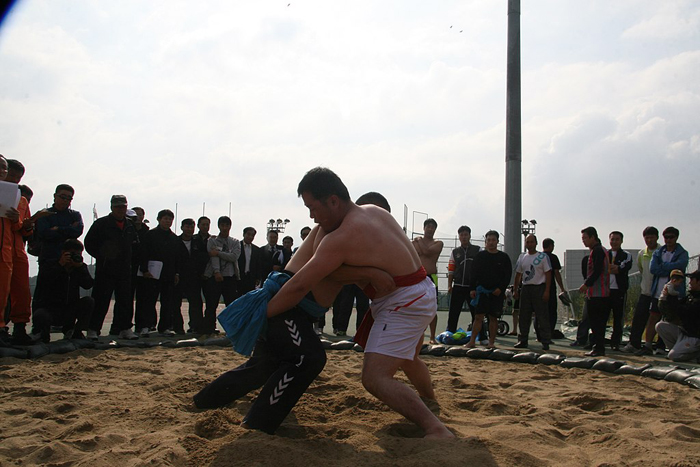
To excel in Ssireum, wrestlers must master a variety of techniques that require agility, strength, and strategic thinking. Some of Ssireum’s essential techniques include:
The Ankle Pick (Balmok Japgi) – A swift move targeting the opponent’s ankle to unbalance them.
The Leg Hook (Hureugi) – This involves hooking the opponent’s leg to destabilize and execute a takedown.
The Outer Thigh Sweep (Deo Jireugi) – A technique where a wrestler uses their leg to sweep the outside of the opponent’s thigh, often leading to a fall.
The Inner Thigh Lift (Anpok Dollyeochigi) – Wrestlers lift the inside of the opponent’s thigh to off-balance them, setting up a takedown.
The Waist Suplex (Heori Dollyeochigi) – A powerful move where the wrestler lifts the opponent by the waist and arches back, bringing the opponent to the ground.
The Shoulder Throw (Eokkae Tulgi) – Similar to judo, the wrestler uses the opponent’s momentum to throw them over the shoulder.
The Reverse Waist Lift (Heori Bandae Dollyeochigi) – A dynamic move where the wrestler grips the opponent’s satba, twists their body, and lifts the opponent from the waist in the opposite direction to execute a takedown.
The Waist Twist (Heori Kkeokki) – This technique involves a wrestler using a quick twisting motion to manipulate the opponent’s waist, leveraging the satba to unbalance and bring them to the ground.
Many techniques in Ssireum are designed to leverage the satba for maximum effect. Successful wrestlers combine these moves with strategic grip fighting to dominate their opponents. There are 55 different ssireum techniques, some of which use the hands like throws and others use the legs like sweeps.
Rules and Victory Conditions of Ssireum
The official ruleset for Ssireum matches, provided by the Korea Ssireum Association (KSA), outlines that the primary victory condition is to have the opponent touch the ground with any body part above the knee.
Before the match begins, wrestlers perform a specific grip setting process in the traditional wrestling style, where they:
Kneel
Take grips at the thigh and waist
Stand up by raising the left knee first
Achieve shoulder-to-shoulder contact while waiting for the start signal
If a match ends with both wrestlers scoring an equal number of rounds and the two competitors have received the same number of warnings, then a tie-breaker 30-second round is conducted. This round can often be the most thrilling part of the match, where every second counts and the anticipation is palpable.
Matches take place in a round sand pit known as Ssireum-Jang, consisting of natural silica sand that is a standard component of the competition area.
The Competitive Arena: Ssireum Tournaments and Titles

In the competitive arena of Ssireum, wrestlers vie for various titles, with the most prestigious title being ‘Cheonhajangsa,’ a Korean word that means the strongest man under the sky. This title is reached only at the pinnacle of the sport and is considered the most prestigious title.
Weight classes were introduced in 1967, though they were first implemented by the Daehan Ssireum Association in 1956 after the Korean War. This introduced a new level of complexity to the sport and made competing in Ssireum more fair.
Professional Ssireum wrestlers compete in four weight classes: Taebaek, Geumgang, Halla, and Baekdu. These weight classes are named to represent the four most famous mountain peaks in Korea.
A Ssireum competition involves:
Preliminary rounds
Semifinals, where wrestlers need to win two out of three matches
Finals, where the championship is decided in a best-of-five round format
The unique structure of Ssireum competitions adds to the excitement and nail-biting tension of the arena, keeping the audience on the edge of their seats.
How to Appreciate the Sport of Ssireum
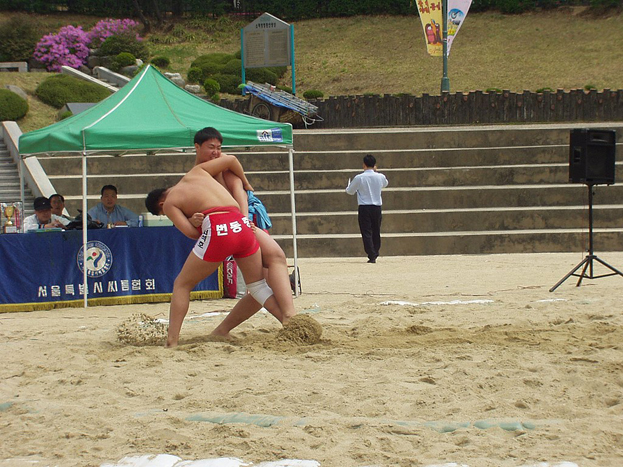
If you want to start watching Ssireum, a solid understanding of the sport’s tactics and techniques is useful but not essential, as you can learn as you watch. Ssireum matches are fast, but they are loaded with psychological tactics and advanced techniques. The beauty of Ssireum lies in the subtlety of movements, the strategic grips, and the well-formulated strategies that can change the course of the match in a split second.
Selecting a favorite wrestler to support can make watching Ssireum more engaging and personal for beginners. However, to truly experience the exhilarating atmosphere, experiencing Ssireum live is recommended. The roar of the crowd, the tension in the air, and the thrilling spectacle of a Ssireum match is an experience like no other, one that captures the spirit and passion of this traditional Korean sport.
Finding a Ssireum Academy
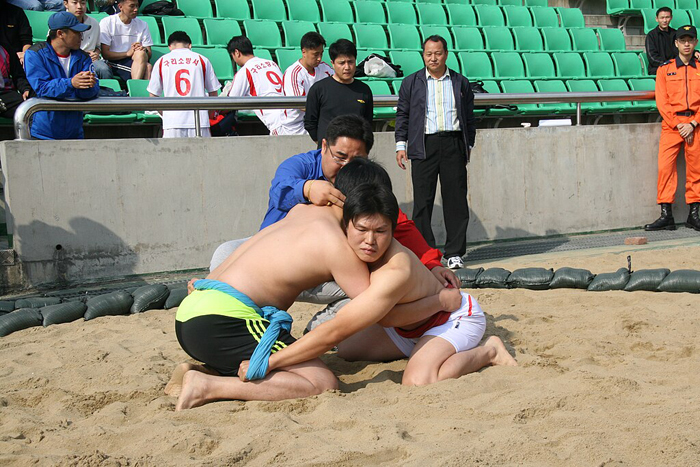
Ssireum has gained much popularity over the years, but it is still not a global sport like Brazilian Jiu Jitsu or mixed martial arts. This means the best Ssireum gyms will likely still be in Korea. However, if you happen to live in a big city with access to a variety of martial arts, then Ssireum might be available near you. If you would like to start training Ssireum, it is best to search for a martial arts academy near you that has a friendly and welcoming environment.
Summary
From its ancient roots in the Goguryeo Kingdom to its modern-day recognition as a UNESCO Intangible Cultural Heritage of Humanity, Ssireum has remained a steadfast symbol of Korean culture and tradition. The sport has a unique blend of strength, strategy, and technique, offering a captivating spectacle that captures the fighting spirit of Korea. As Ssireum continues to evolve and adapt to the modern world, it remains true to its rich Korean cultural heritage.
Frequently Asked Questions
What is Korean wrestling called?
Traditional Korean wrestling is called Ssireum. It has evolved from an ancient Korean martial art to a form of entertainment enjoyed during festivals and holiday celebrations today.
What is a satba?
The satba is a traditional Korean wrestling garment consisting of a fabric belt wrapped around the waist and one thigh. This belt provides a point of contact for opponents during a Ssireum match.
What is thigh wrestling in Korea?
Thigh wrestling in Korea, also known as Ssireum, is a traditional sport that has been around since the 4th century. It involves contestants tying a belt around their waist and thigh and competing in a circle 7 meters in diameter.
Does Korea have sumo?
South Korea does not have Sumo, but it does have a sport often likened to Sumo wrestling, called ssireum. It shares similarities with sumo, such as jumbo-sized wrestlers and a rich tradition.
How old is Ssireum?
Ssireum dates back to the fourth century, making it over 1,600 years old.
